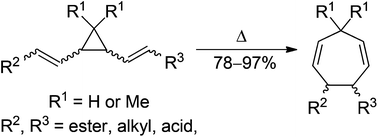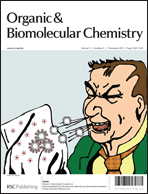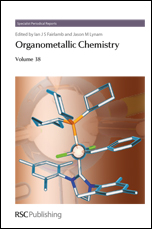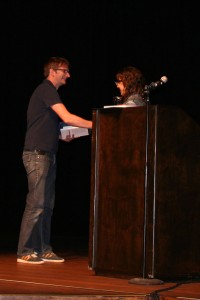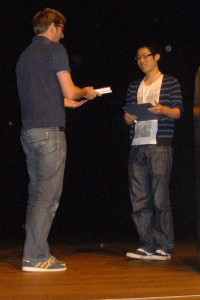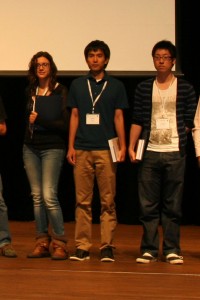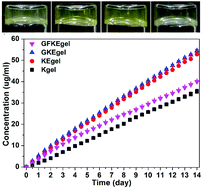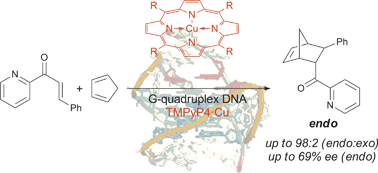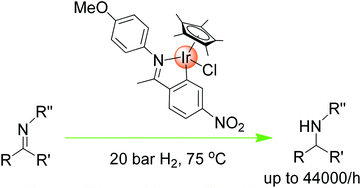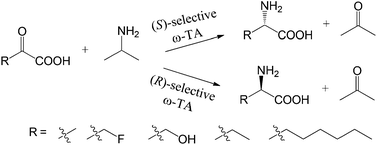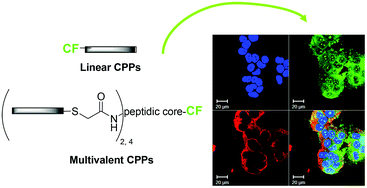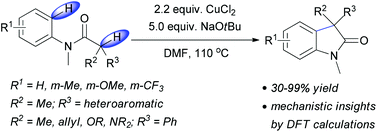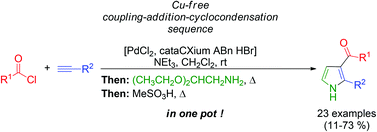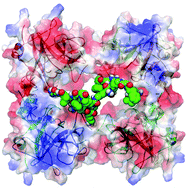There’s still time to register for the second one-day symposium on Chemical and Biological Therapeutic Approaches to Neurological Disorders, on Monday 23rd September. The meeting will feature presentations and posters, from leading experts in academia and industry, about new developments in genetics, biochemistry, pathophysiology and medicinal chemistry relating to neurological disorders. A wide range of conditions will be discussed, including Alzheimer’s disease, epilepsy, schizophrenia, multiple sclerosis and Parkinson’s disease.
Neurological disorders are an increasingly important global public health problem, and the cause of much long-term suffering and disability. Currently available pharmaceuticals have been ineffective in curing many of these disorders and developing a deeper understanding of the nervous system is one of the major challenges facing scientists in the 21st century. New research will hopefully contribute to the identification of better clinical biomarkers and medicines for diagnosis, monitoring and treatment of neurological disorders.
This one day symposium has been organised by the RSC’s Biotechnology Group with support from the Chemistry Biology Interface Division, and will be held at The Chemistry Centre, Burlington House, London. Speakers include:
Prof. Christopher Dobson, University of Cambridge
Prof. Ciaran Regan, University College Dublin
Prof. Lennart Bunch, University of Copenhagen
Prof. Peter Jenner, King’s College London
Prof. Stefan Przyborski, University of Durham
Dr. Jan Kehler, H. Lundbeck, A/S
Prof. Jonathan Corcoran, University College Dublin
Dr. Jan Passchier, Imanova Ltd.
If you would like to attend, please register here.
If you would like to find out more about this event, more information can be found on the RSC website.
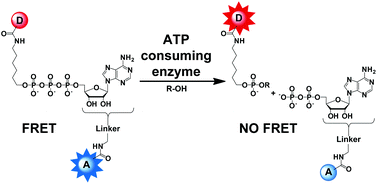











 We are pleased to announce that
We are pleased to announce that Oliver Kappe
Oliver Kappe
![Efficient and regioselective nickel-catalyzed [2 + 2 + 2] cyclotrimerization of ynoates and related alkynes](http://pubs.rsc.org/services/images/RSCpubs.ePlatform.Service.FreeContent.ImageService.svc/ImageService/image/GA?id=C3OB41872C)

